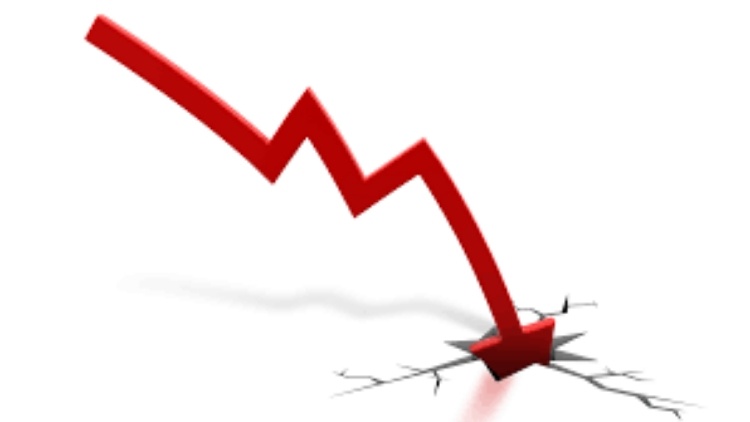Former Chief Economic Adviser to government of India, Arvind Subramanian, dropped a bombshell earlier this week by revealing that the Centre kept inflating growth numbers and the new GDP series had overestimated the real GDP growth by 2.5 percentage points. According to him, if we had figured this earlier, the urgency to act on banking or on agriculture challenges might have been greater. He reasoned weak job growth and financial stress may have simply stemmed from the modest GDP growth. According to state-owned National Sample Survey Organisation (NSSO) data, joblessness in the country is the highest in the last 45 years. The overall unemployment growth rose by 6.1 per cent. Rural unemployment grew by 5.3 per cent and urban unemployment rose by 7.8 per cent. No wonder, the government has rejected the ex-CEA’s contention. No matter what the government may be claiming to defend its stance, all that will be viewed as an afterthought only. The economy has been down in the dumps for years now. The slump has affected almost all sectors starting from steel, textile, manufacturing to automobiles and exports. Investment in manufacturing, mining and real estate has declined significantly. There has been a steep 80 per cent drop in construction and real estate investment compared with the December quarter, and the same period last year. Experts have said that India could be headed for a slowdown on the back of a drop in several key indicators.
According to NSSO figures, 50 lakh people have lost jobs since demonetisation in November 2016; scooter sales have slipped after 13 years; car sales have hit a sluggish track clocking a five-year low target; Index of Industrial Production (IIP) was at a 21-month low in March 2019; household savings have hit a 20-year low. Passenger vehicle sales crashed by 20.55 per cent in May compared with the same period last year, logging the steepest fall in nearly 18 years as the industry reeled from the effects of a credit slowdown, regulation changes and a slump in the economy. Data shows that close on the heels of a slide in auto sales, a drop in direct tax mop-up and household savings are making matters more and more complicated with each passing month. India’s gross domestic product grew at 5.8 per cent in the January-March 2019 quarter, dragging down the full year growth to a five-year low of 6.8 per cent. The Reserve Bank of India in its latest round of Consumer Confidence Survey reported last week said the net share of respondents who think they will spend more earlier India’s gross domestic product grew at 5.8 per cent in the January-March 2019 quarter, dragging down the full year growth to a five-year low of 6.8 per cent. Such glaring facts notwithstanding, the government has refused to accept that we have serious economic problem. The good thing is that the government has decided to constitute an empowered group of ministers (EGM) to guide it on employment, growth and various important subjects. Remember, when the Modi government had first come to power, it had dismantled the EGM.
The least the government should do is to accept the fact that we have a problem at hand. It should shun its ostrich-like attitude. It is important to recognise the slowdown well in time and take appropriate measures. It should try to put the industry back on track. The measures may include cutting the Goods and Services Tax (GST) on all categories of vehicles from 28 per cent to 18 per cent; clearing the mess in the banking system to stimulate private investment.
